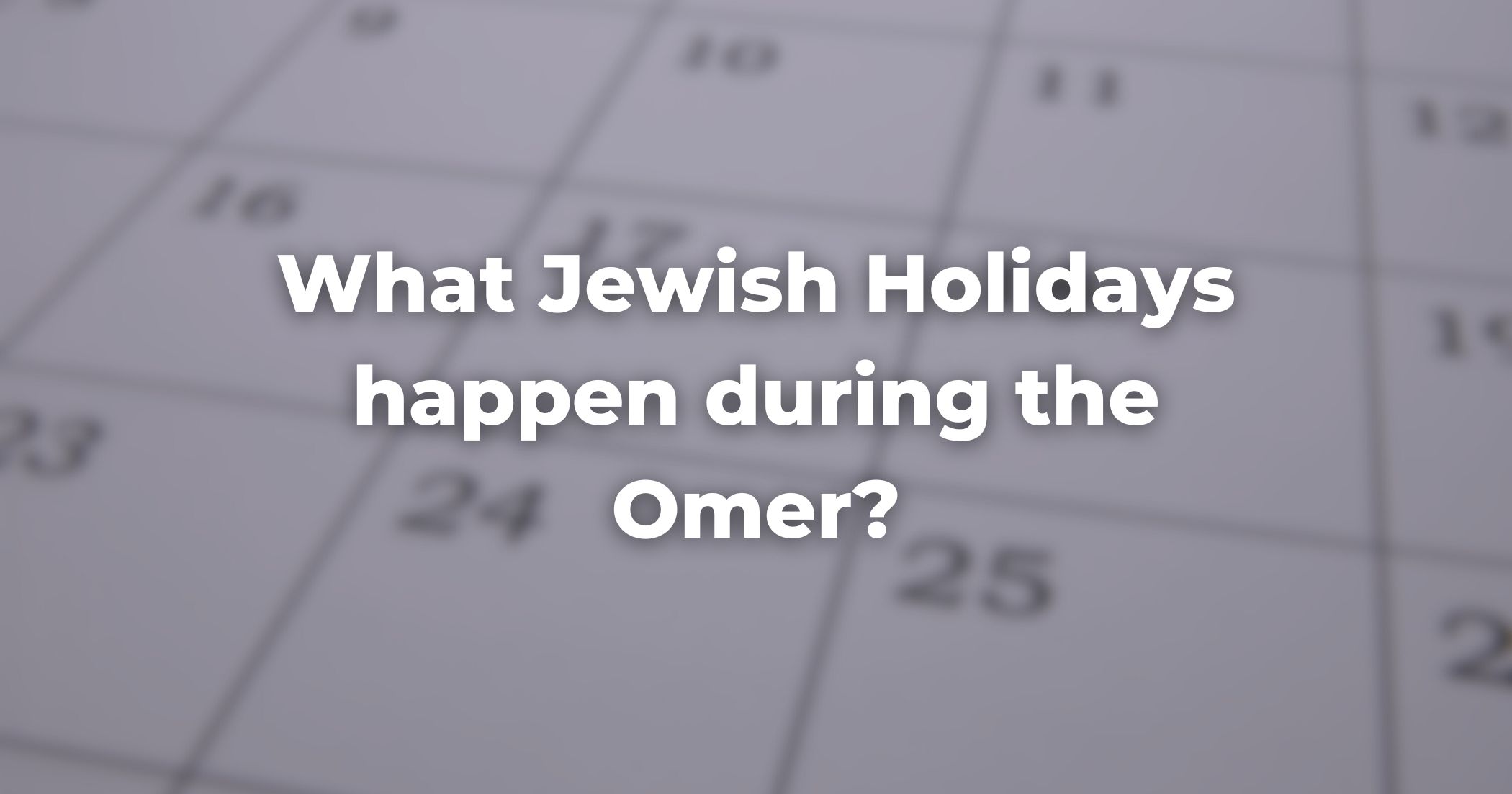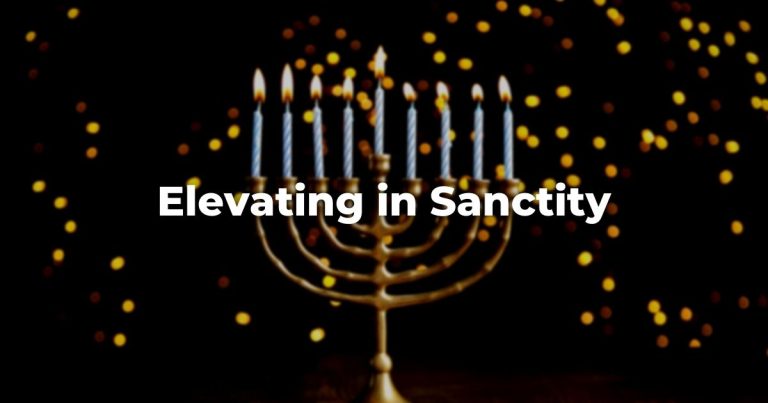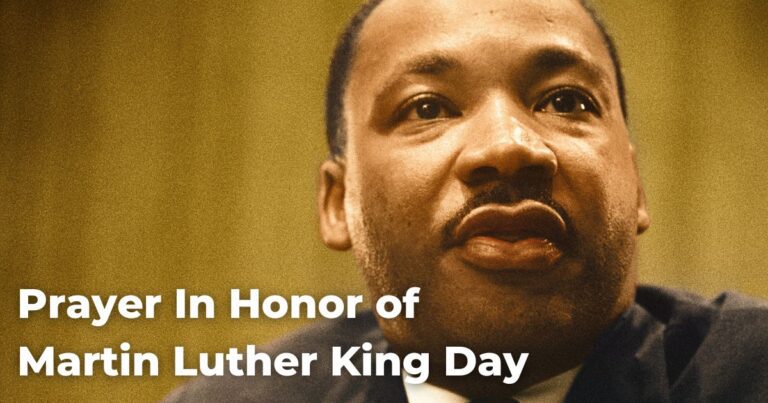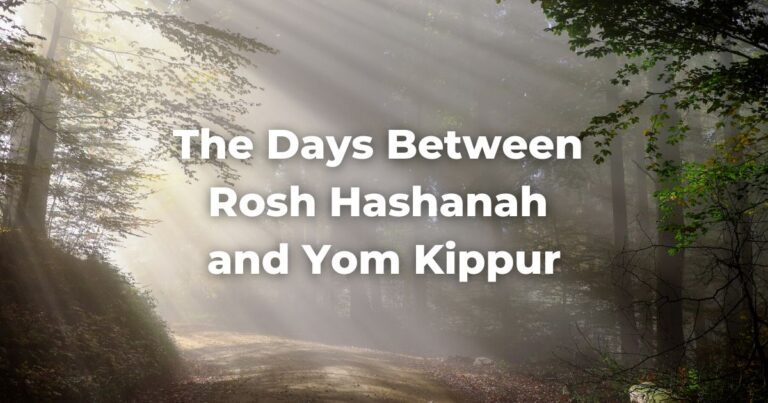The Jewish calendar has a number of holidays throughout the season, beginning with Passover and ending with Shavuot. This period, the Counting of the Omer, is traditionally a time of communal mourning and reflection. This comes from a story in the TalmudReferring to one of two collections, the Jerusalem and Babylonian Talmuds, edited in the 6th century, that contains hundreds of years of commentary, discussion, and exploration of the ideas in the Mishnah. One could describe it as Mishnah + Gemara = Talmud Read more when many of Rabbi Akiva’s students were killed, marking a loss to the entire Jewish people.
[You can find the symbols for these holidays as part of our Omer Scratch-Off Counters.]
Some of the holidays are observed as part of the Counting of the Omer, others happen to fall during this period, but are otherwise unrelated.
Yom HaShoah
Yom HaShoah is the Jewish Holocaust Memorial Day. Yom HaShoah, observed on the 27th of the month of Nisan, memorializes those murdered by the Nazis and those who resisted their efforts at genocide.
Yom HaZikkaron
Yom HaZikkaron is Israel’s Memorial Day and is dedicated those who have died in service of the State of Israel, before and after its founding in 1948. It is observed on the 4th of Iyyar, immediately preceding Yom HaAtzmaut, Israel’s Independence Day.
Yom HaAtzmaut
The State of Israel was proclaimed on the fifth of Iyyar, 5708, corresponding to May 14, 1948, and this day is celebrated as Israel Independence Day.
Pesah Sheni
Pesah Sheni marks a special date, articulated in the TorahRefers to the first five books of the Hebrew Bible, the Tanakh, also called the Five Books of Moses, Pentateuch or the Hebrew equivalent, Humash. This is also called the Written Torah. The term may also refer to teachings that expound on Jewish tradition. Read more, for those who were unable to bring their Passover sacrifice due to ritual impurity, when they could return to fulfill their obligation. This is the source of the name, meaning “second Passover.”
Lag Ba’Omer
Lag Ba’Omer is the thirty-third day of the Omer, which in Hebrew letters is lamed-gimmel. Believed to be the day on which the plague that afflicted Rabbi Akiva’s students ceased, Lag Ba’Omer is a day of respite from the sadness of the Counting of the Omer. It is common for communities to host bonfires and celebrate on this day.
Yom Yerushalayim
On the twenty-eighth day of Iyyar in 1967, Israel entered the Old City of Jerusalem, which Jordan had occupied since the War of Independence in 1948. Among other things, this meant that the Western Wall (the kotel), the last surviving remnant of the Temple, was again in Jewish hands, as were many other sites of incomparable historical and cultural significance.
Author
-

Exploring Judaism is the digital home for Conservative/Masorti Judaism, embracing the beauty and complexity of Judaism, and our personal search for meaning, learning, and connecting. Our goal is to create content based on three core framing: Meaning-Making (Why?), Practical Living (How?), and Explainers (What?).
View all posts





